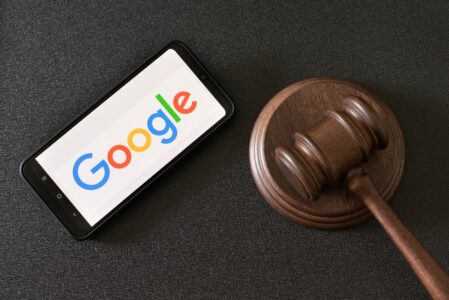5 minutes read

Google penalties are a common issue that can occur for websites that violate the search engine’s guidelines. Penalties can significantly impact a website’s visibility and search rankings, making it crucial for website owners to understand the different types of penalties and how to avoid them.
Manual action penalty
One of the most common penalties is the manual action penalty. This type of penalty is applied when a Google employee manually reviews a website and finds that it is in violation of the company’s guidelines. Manual action penalties can be applied for various reasons, including spammy link building, keyword stuffing, and cloaking. To avoid a manual action penalty, it is important to ensure that your website complies with Google’s guidelines and that you are not engaging in any manipulative or spammy tactics for SEO purposes.
Algorithmic penalty
Another common penalty is the algorithmic penalty. This type of penalty is applied automatically by Google’s algorithm when it finds that a website is in violation of the company’s guidelines. Algorithmic penalties can be applied for a variety of reasons, including low-quality content, duplicate content, and over-optimization. To avoid an algorithmic penalty, ensuring that your website’s content is high-quality and unique and that you are not over-optimizing your site for specific keywords is essential. For tips on creating SEO-friendly content, read our blog Things to keep in mind when creating SEO-friendly web content.
Sandbox penalty
Sandboxing penalties appear to be applied when abnormal behavior is observed, particularly in the case of accumulating backlinks. During their initial year of operation, newly founded websites are the most susceptible to “negative SEO” actions and often become primary targets.
To ensure a successful backlinking campaign for new domains, it is highly recommended to start slow and prioritize the quality of backlinks. Nonetheless, there is no instant penalty or filter for this type of behavior. In fact, a newly established website can obtain an astounding amount of links and go completely unnoticed.
Update penalty
Lastly, an update penalty is applied when a website does not keep up to date with Google’s algorithm changes. These penalties are designed to ensure that websites remain compliant with the current guidelines and best practices for SEO. To avoid this type of penalty, it is vital to stay on top of any updates in Google’s algorithm and ensure your website remains compliant.
Understanding the different types of penalties and how to avoid them can help ensure that your website remains visible and maintains its search rankings. However, if your website has already been penalized by Google, it is important to take steps to address the issue and minimize its impact as soon as possible. With the right strategies and tools, most websites can be successfully recovered from a Google penalty.
At USEO, we are experts in identifying and addressing the various types of Google penalties. The team of experts at our SEO agency in Dubai can help you evaluate your website and take steps to get it back on track. Contact us today to learn more about our services.



 5 min read
5 min read



